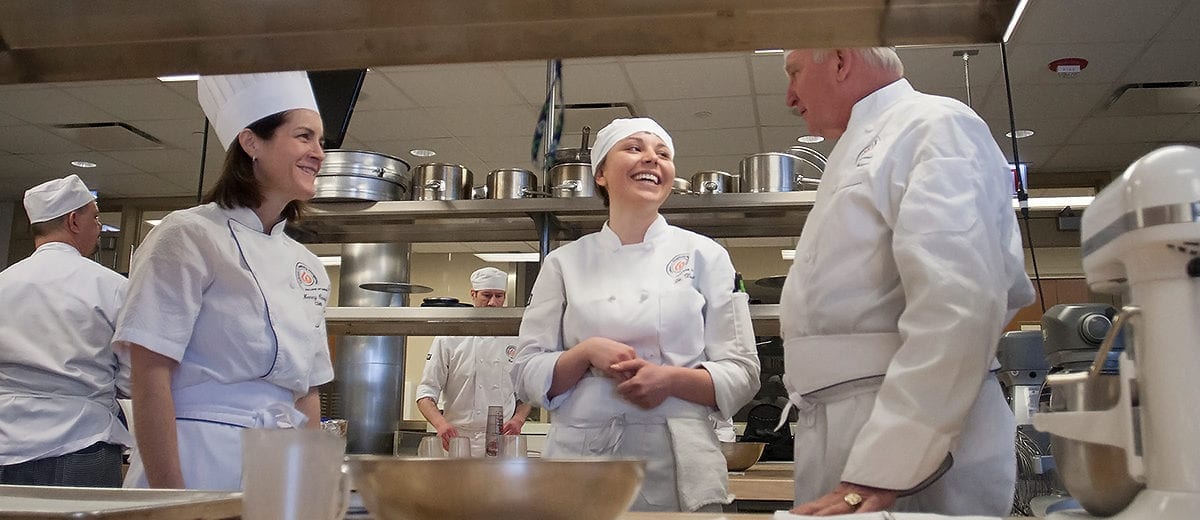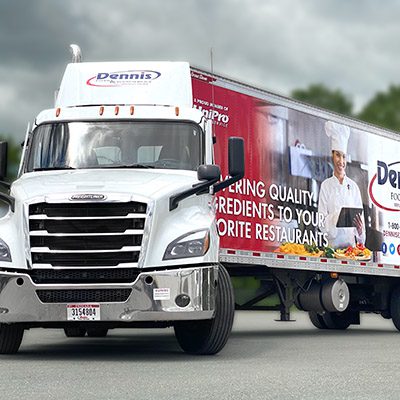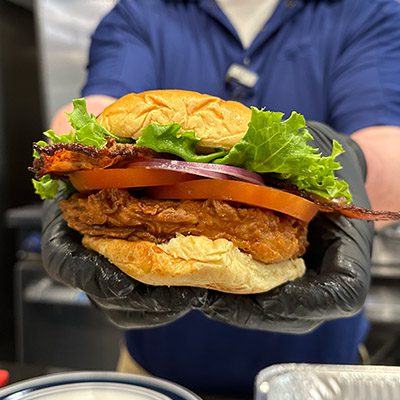
5 Tips for Improving Communication in Your Restaurant
Usually, restaurant customers believe the restaurants they frequent run flawlessly. They place their orders and their meal arrives a few minutes later, well prepared and properly served. But behind the scenes, in the back-of-the-house, any semblance of flawless efficiency is hard to come by. For those who have never worked in a restaurant kitchen, the “dance” that goes on in the back-of-the-house will likely appear startlingly chaotic.
What makes the whole thing work is communication—verbal, non-verbal, and even cloud-based. Here are five tips on how to improve communication in your restaurant.
1. Position description. Every staff member in the restaurant should have a written job description, from the busboy to the manager. This way they know exactly what they are supposed to do, and putting it in writing formalizes it. Plus, workers should also be aware of the job descriptions for others working in the restaurant. This aids communication and allows staffers to better work together and help one another, especially when it comes to serving customers.
2. Staff strategies. Have you instructed your staff on how to greet customers? Do they know what to do if there is a complaint about a meal? All employees must understand how you want your restaurant to run and, especially, how customers are to be treated. When everyone understands how you want the restaurant to operate, they are better able to handle issues as they come up and better able to work and communicate with one another.
3. Sign language. In baseball, every catcher and pitcher have their own set of signals. Pointing two fingers down might tell the pitcher to throw a curveball; one finger followed by two fingers might mean to pitch a fastball inside. Restaurant staff should have their own sign language. For example, a hand signal, or some sort of gesture can signal a busboy to clear a table, alert a waiter she’s needed at one of her tables, or tell the kitchen that a diner wants to change their order.
4. Truncated sentences. In a busy restaurant, the hostess does not have the time to tell a waiter, for instance, “I believe your diners at table four want their check.” Instead, a faster way to communicate this would simply be “check four.” While the host may politely say, referring to table four, “Mr. Wright, we have a table ready for your party,” the busboy likely just told the host “four’s clear.”
5. Menu updates. In a fast-paced restaurant, and especially if the restaurant is part of a chain, centralized communication with all staff members at the same time is crucial. Many restaurants are now adopting cloud-based menu management systems that can deliver secure communication on menu data, provide training materials including videos, along with updates on new food regulations, up-to-the-minute data for printing food labels, and other critical information. These cloud-based systems are designed to keep everyone in your restaurant up-to-date about any changes, in real time, using just about any type of computer device anywhere in the world.
Source: greatmenusstarthere.com courtesy of DayMark Safety Systems
Photo: COD Newsroom









